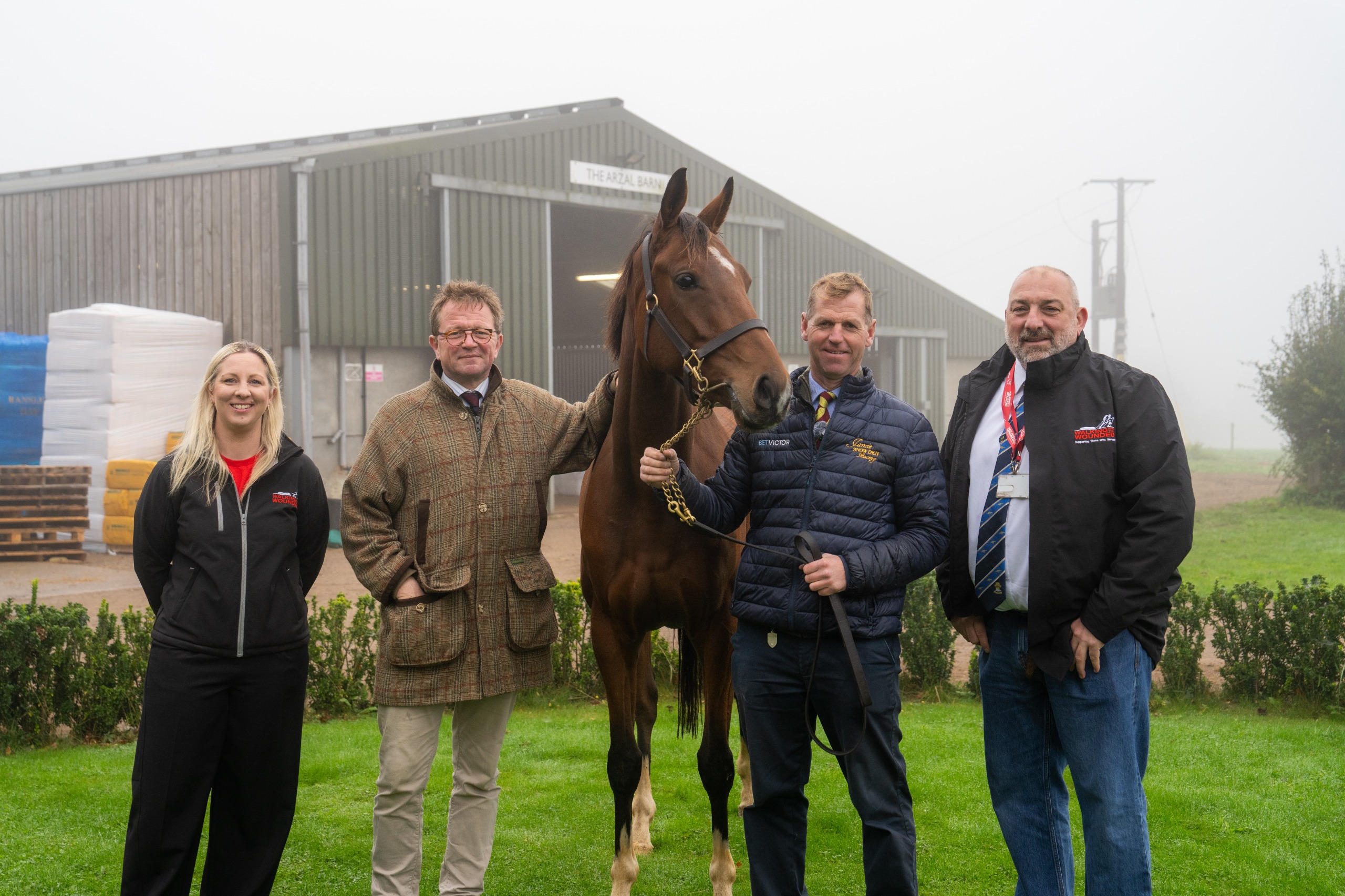Paul St John
October 14, 2021Win By A Distance
My bets are imaginary these days, but gambling remains a thing of wonder.

In recent times high street bookies have introduced some new markets as a direct result of the emergence of spread betting, winning distances being one.
A spread firm will quote based on their estimate of the cumulative lengths won by at a given meeting. A seven race flat card will generally attract a spread of 10-11 or thereabouts. A buyer at 11 (someone who thinks total lengths will be greater than 11) will be looking for the favourites to hit the front entering the final furlong, then streak clear. Sellers (at 10) are hoping for photos.
The more a punter is right (or wrong), the more they win (or lose). A £100 unit stake would win £400 for a buyer if the make up (total) was 15, and lose £500 for a seller.
Fixed odds companies now parody this. They create a three-way market. For example, like this:
Under 8.5 lengths
8.5-11.5 lengths
Over 11.5 lengths
They try to make each option as statistically likely as the others. 7/4 is generally what you get. A short head is considered 0.1 of a length, a head 0.2 and a neck 0.3.
The midpoint of a spread bet - in this case 10.5 - is what, as a result of all their stats, tables, algorithms and instincts, the firm thinks the result will be.
On the first day of Glorious Goodwood every measurable factor pointed to winning distances being above normal. Several days of rain, including more overnight rain than expected, made the track heavy (later amended to soft). Already depleted fields were reduced further throughout the morning.
Boggy ground makes beaten horses more likely to stop and the fewer rivals a winner has, the greater the chance of daylight between first and second.
A huge frustration - for those who go high in this market - is when a superior horse has its race won by the furlong pole, then eases, satisfied with the win, not caring about how far. The bigger the meeting, the less likely this is to happen.
A major high street bookie acknowledged all this on Tuesday 27th July. With 8 races scheduled, 7/4 was available for ‘over’ 16.5 lengths.
The winning distances market is more important to a spread firm. It represents a far greater percentage of bets struck. The one I checked was cagey. Their trader kept his powder dry, not putting up a price until early afternoon, making sure he was aware of all withdrawals and volatile factors. When they finally quoted the midpoint was 16.3.
If they were right, then the true chance of the make up being above 16.5 was almost 50/50. The fixed odds company, too busy with 100s of other markets, didn’t amend their price.
With them, I had a fantasy grand at 7/4. I was hoping for a couple of unknown mudlarks to spring from the pack and win going away, or perhaps for Trueshan, with Stradivarius withdrawn, to emphasise his superiority.
This splendidly logical piece ends with a whimper. Although Trueshan won by nearly four, the rest never happened. Two short heads spoiled the party and I ended up a couple of lengths short.
But when there is a disparity between one bookie (who really understands the market) and another (who knows it less), it makes sense to take a tip from the former and punt with the latter.

Written by:
Paul St John
Share article:


